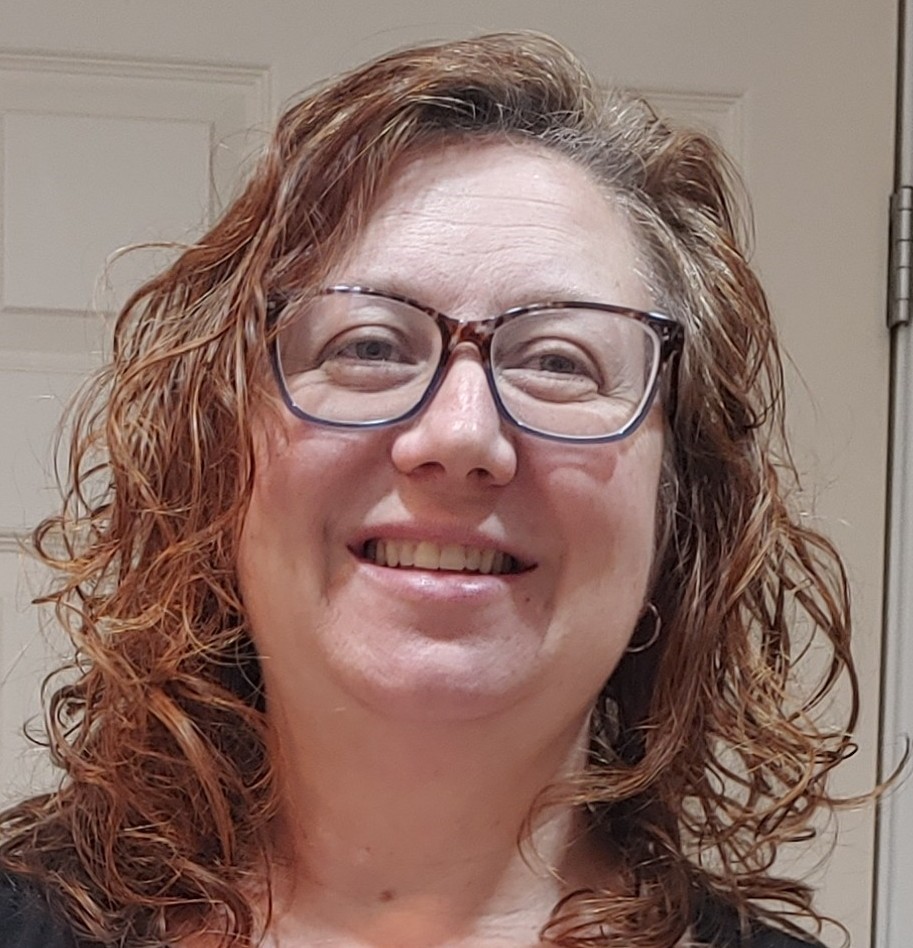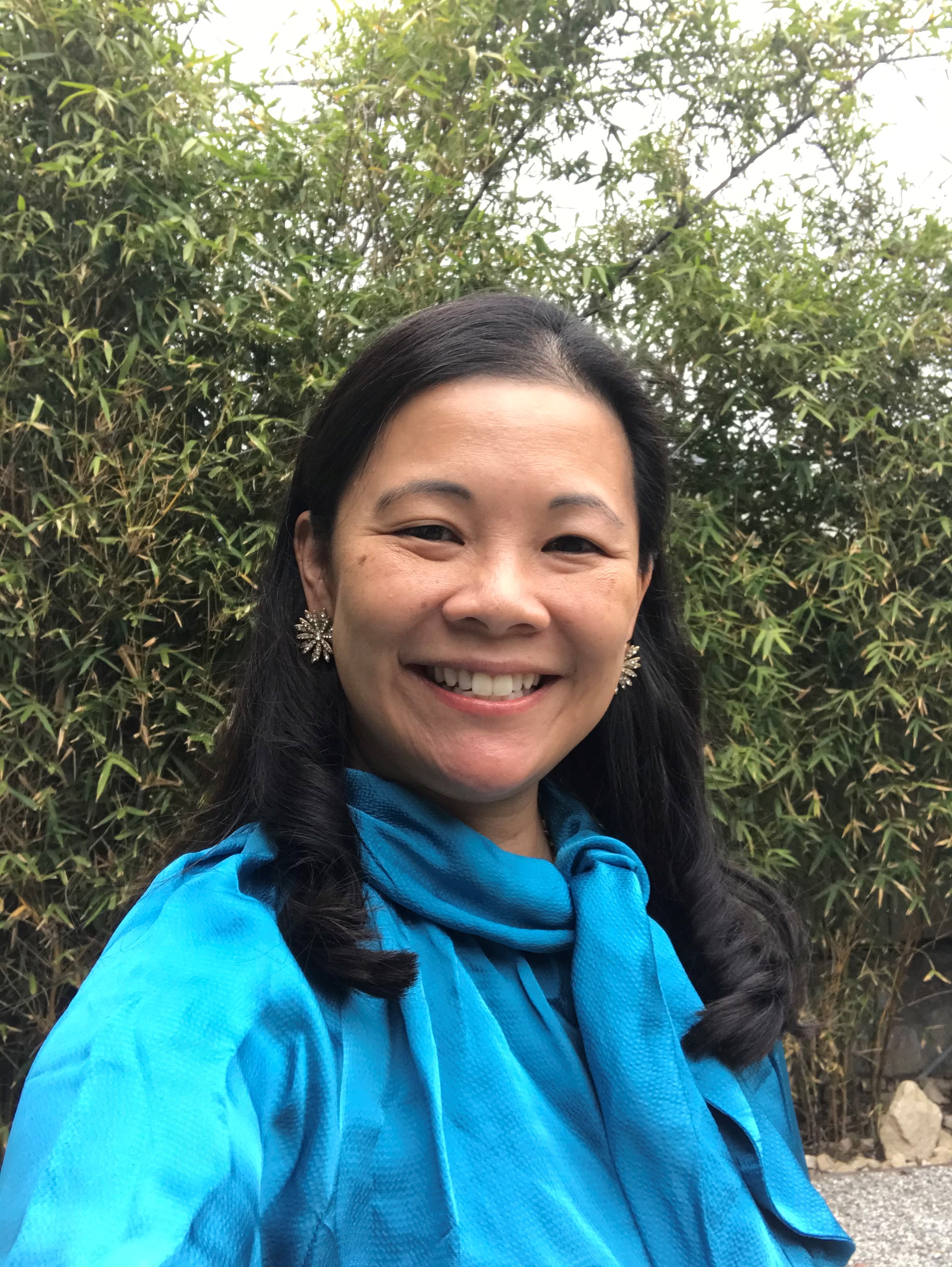As We Work to Boost Doctors’ Well-Being, Let’s Retire the Term ‘Burnout’

Kimberley Dilley, MD, MPH, FAAP
May 20, 2021

Joyce R. Javier, MD, MPH, MS, FAAP
May 20, 2021
We’ve all heard a lot about health care worker burnout in the past year. It’s a pervasive and serious issue amid the pandemic, but “burnout” is a word that makes us cringe.
We have talked to several colleagues and trainees who have raised concerns over the term because it makes them feel that they have personally failed in adjusting to a career in medicine. The term is also stigmatizing, and many are hesitant to say they have “burnout.”
Most of us in medicine have experienced serious stress, but when “burnout” is used, it can feel as though you are being told that the reason you are struggling to care for patients while juggling your home life is a lack of resilience. That is not a fair assessment for the highly motivated and deeply caring colleagues we all know in pediatrics and other medical fields.
To be told that if you only take even more time to focus on personal wellness, you can bring life back into balance is a misrepresentation of where the larger problems lie in medical practice today.
“Moral injury” is a term we prefer.
The term implies that the diminished quality of patient care and other measurable impacts of physician burnout to our systems of care is a failing of the system as a whole -- an injury done to those caring for patients, an injury due to factors such as the burden of clinical documentation in an EHR that requires extensive time to complete at home, an injury caused by the system but affecting the system and the individual.
Difficulty concentrating, feelings of detachment, and ineffectiveness result from a lack of control over the clinical decision making for our patients.
Focusing efforts on supporting individual pediatricians in a personal journey to wellness is important but insufficient. Destigmatizing professionals receiving appropriate mental health care services is important but insufficient. We help patients and their families to navigate the complexities of their own lives and health, but we also have an strong history of advocacy to improve the communities and other external factors that affect our patients’ health.
“Just as we advocate to improve the lives of our patients, so must we advocate to improve the system of medical care in which we work and suffer moral injury.”
Just as we advocate to improve the lives of our patients, so must we advocate to improve the system of medical care in which we work and suffer moral injury. Efforts such as the AMA call to reduce the clinical burden of documentation by 75% by 2025 have a real chance, if successful, to enhance our relationships with patients by making our professional lives function more smoothly and allow us to focus on those important patient care interactions that prompted most of us to pursue medicine in the first place.
Workplace stressors, compassion fatigue, and moral injury all contribute to high rates of physician suicide. Additional factors such as gender inequity and higher burnout in women and racial and gender microaggressions that are widespread in the training and practice environments additionally need to be addressed in order to prevent mental health crises.
“Physician, heal thyself” is not an adequate approach to support physician wellness, improve systems of care for our patients, and ultimately increase the quality of care we deliver.
We recommend reducing the use of pejorative language such as “burnout” and working to elevate and combat the external causes of moral injury.
The Mayo Clinic has suggested several organizational strategies to address moral injury and promote physician engagement, including: acknowledge and assess the problem, harness the power of leadership, develop and implement targeted interventions, cultivate community at work, use rewards and incentives wisely, align values and strengthen culture, promote flexibility and work-life integration, provide resources to promote resilience and self-care, and facilitate and fund organizational science. Note that these strategies bring attention to improving external stressors as well as to supporting individual physicians.
Research suggests that physicians who spend at least 20% of their time at work focused on the aspect of work they find most meaningful are at significantly lower risk of burnout, so the Mayo work discusses the importance of leaders harnessing the unique talents of individual physicians and understanding what motivates them.
If health systems focus on decreasing undue burdens to providing clinical care while we, as pediatricians, reflect on what is the most meaningful aspect of our job, we will be moving away from asking physicians, “What’s wrong with you” and instead asking, “What happened to you, and how can we build upon your strengths?”
Those same resources for leaders of health systems can also be useful for practice leaders and physicians. Cultivating community at work to support pediatricians and their staff, allowing physicians the flexibility to focus on meaningful activities such as advocacy that will also benefit the patients, if not the billing hours, and investing time in organizational science efforts that can lead to reduced clinical burden can improve the office environment and the mental health of those who work there.
This is the approach we emphasize with our patients as we screen for adverse childhood outcomes and promote positive childhood experiences to buffer the impact of ACES while simultaneously advocating to lessen the exposure to ACES for future generations.
Let’s also model this approach with ourselves.
References:
- Physicians aren’t ‘burning out’. They’re suffering from moral injury: Stat
- Three ways to begin to reduce clinical documentation by 7% by 2025: AMA
- Taking Action Against Clinician Burnout: A Systems Approach to Professional Well-Being: The National Academies Press
- Physician Well-Being: Pediatrics journal
- Career fit and burnout among academic faculty: NIH
- Program on Physician Well-Being: Mayo
*The views expressed in this article are those of the author, and not necessarily those of the American Academy of Pediatrics.
About the Author
Kimberley Dilley, MD, MPH, FAAP
Kimberley Dilley, MD, MPH, FAAP, is an executive committee member of the Council on Community Pediatrics and a clinical trial physician.
Joyce R. Javier, MD, MPH, MS, FAAP
Joyce R. Javier, MD, MPH, MS, FAAP, is an executive committee member of the Council on Community Pediatrics and an associate professor of clinical pediatrics and preventive medicine at the USC Keck School of Medicine and Children’s Hospital, Los Angeles.